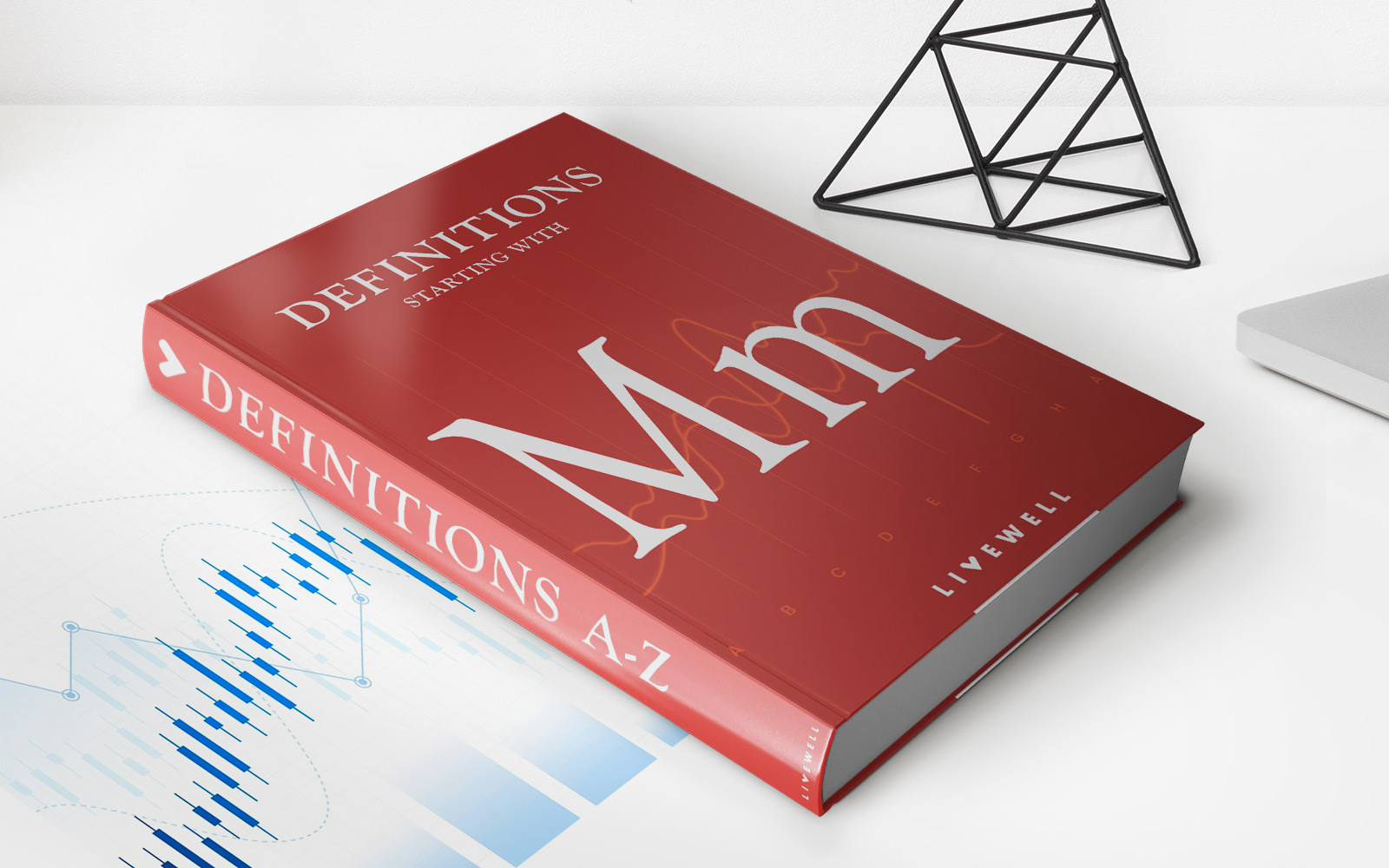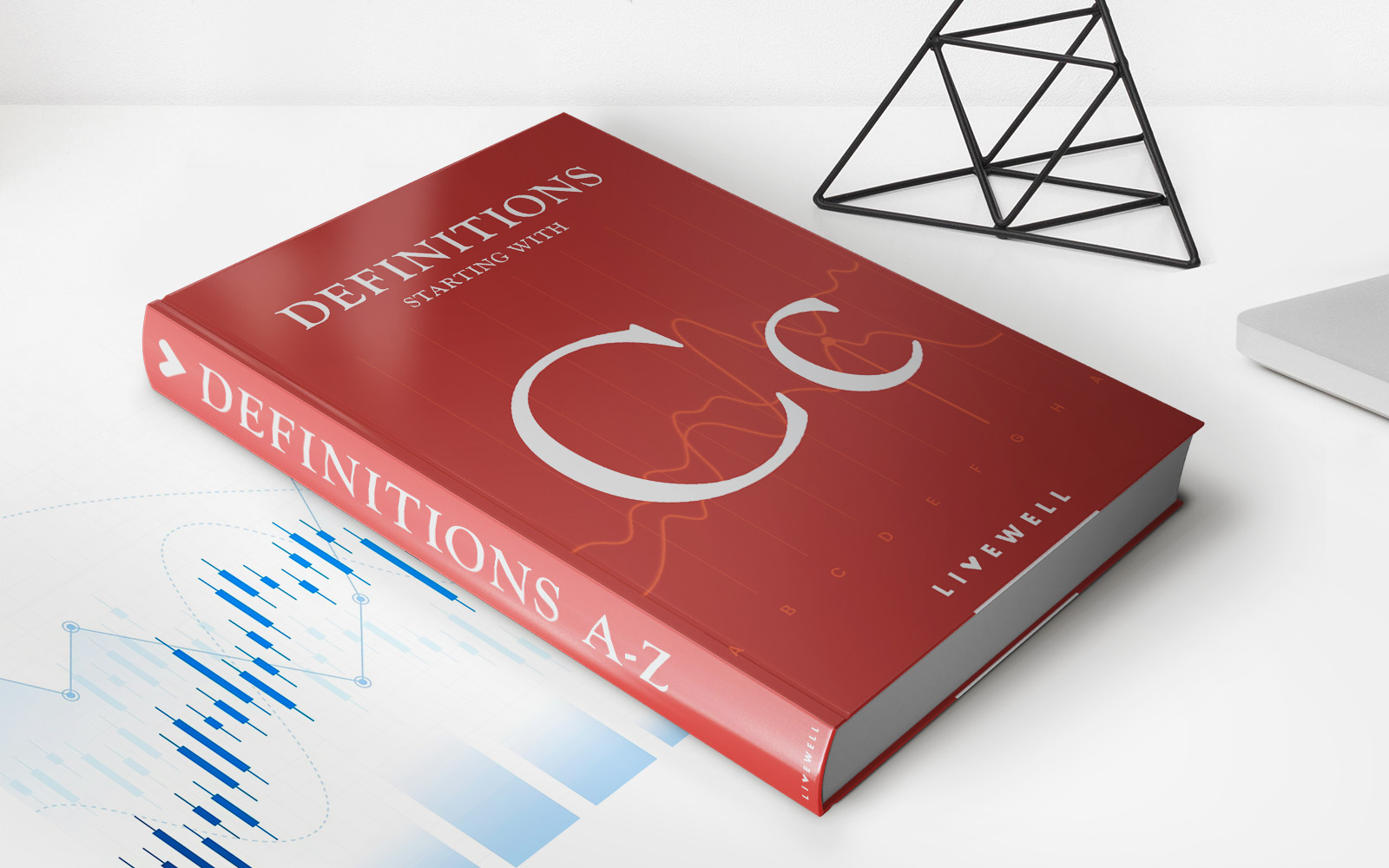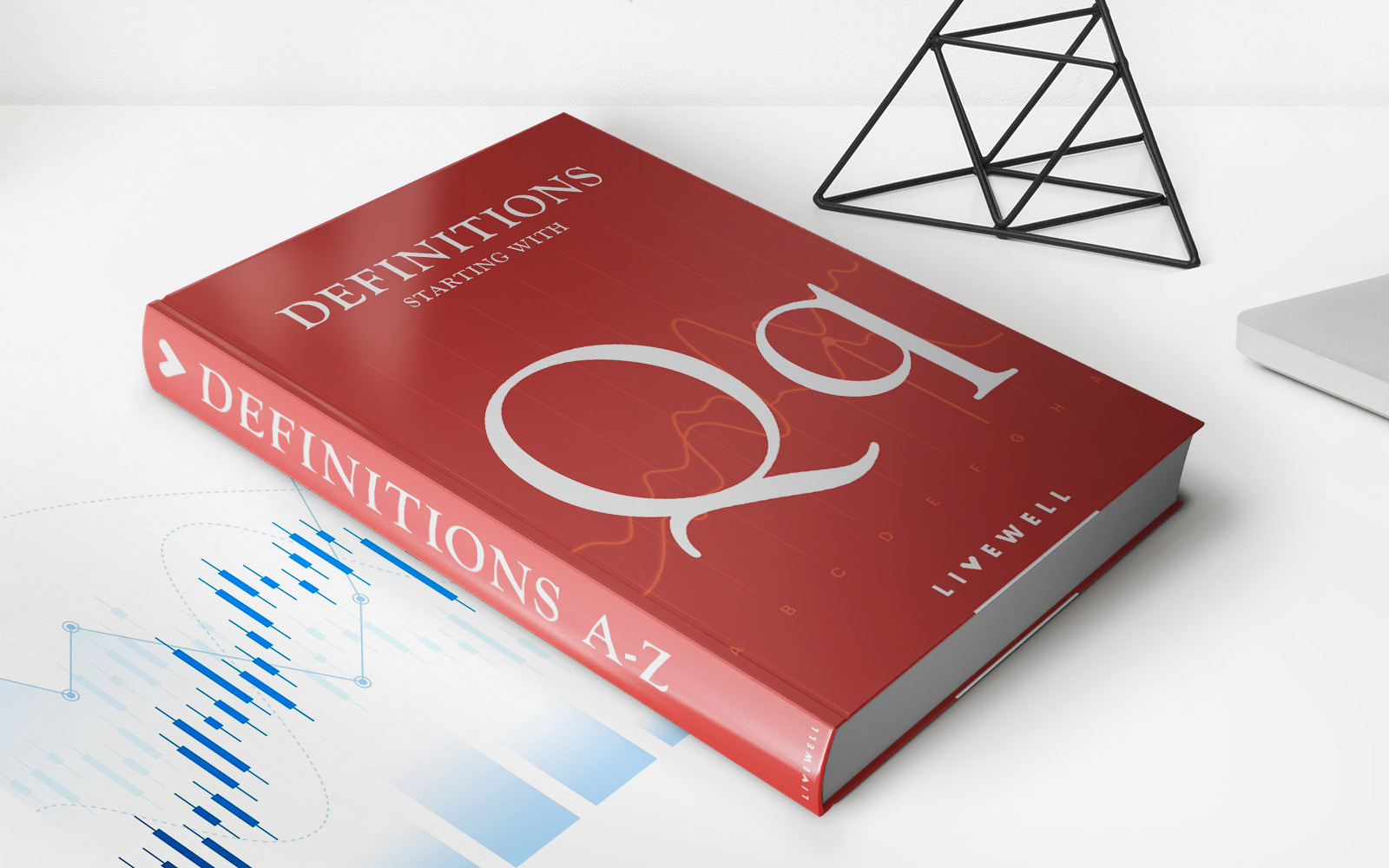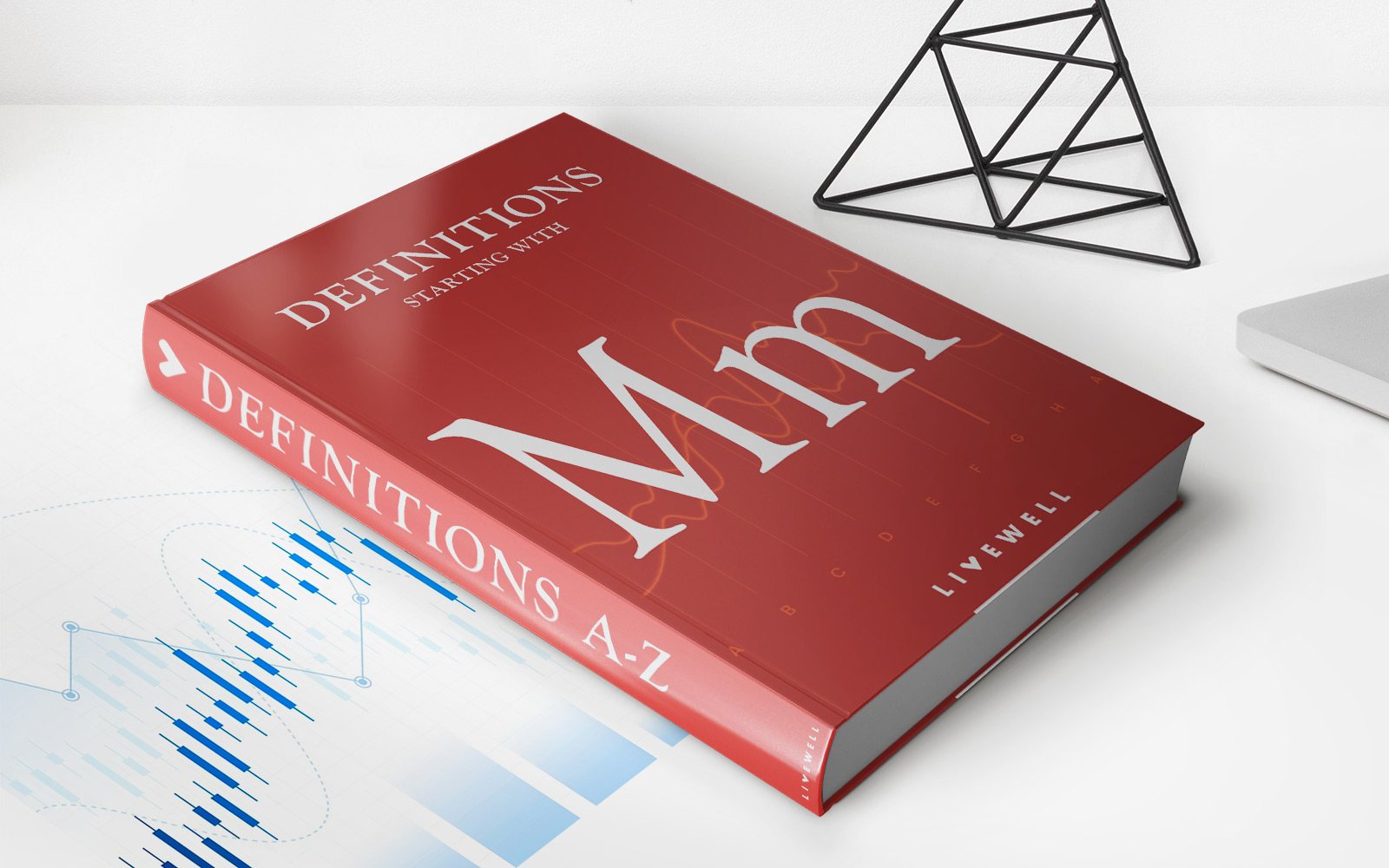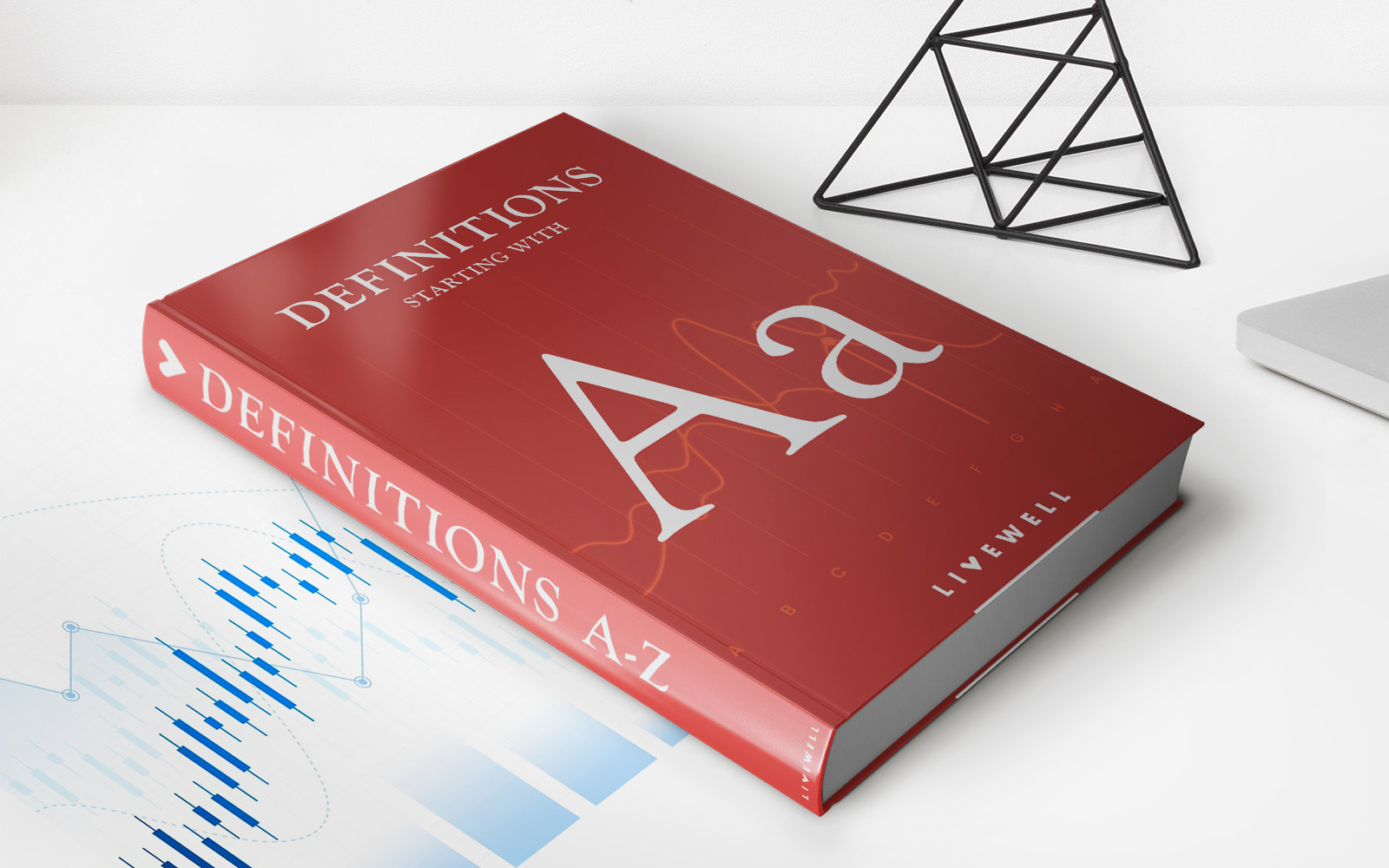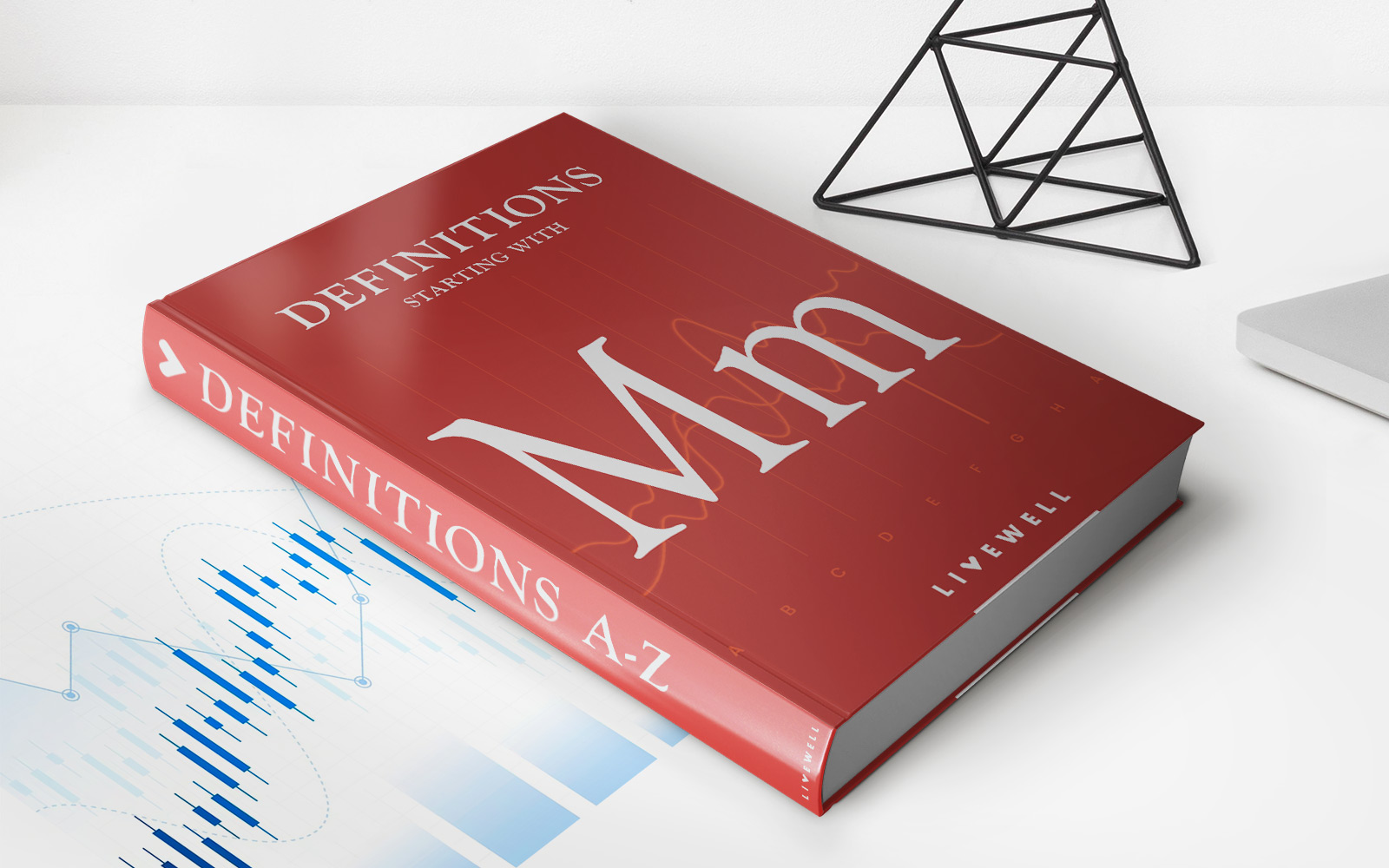Home>Finance>Liquidating: Definition And Process As Part Of Bankruptcy
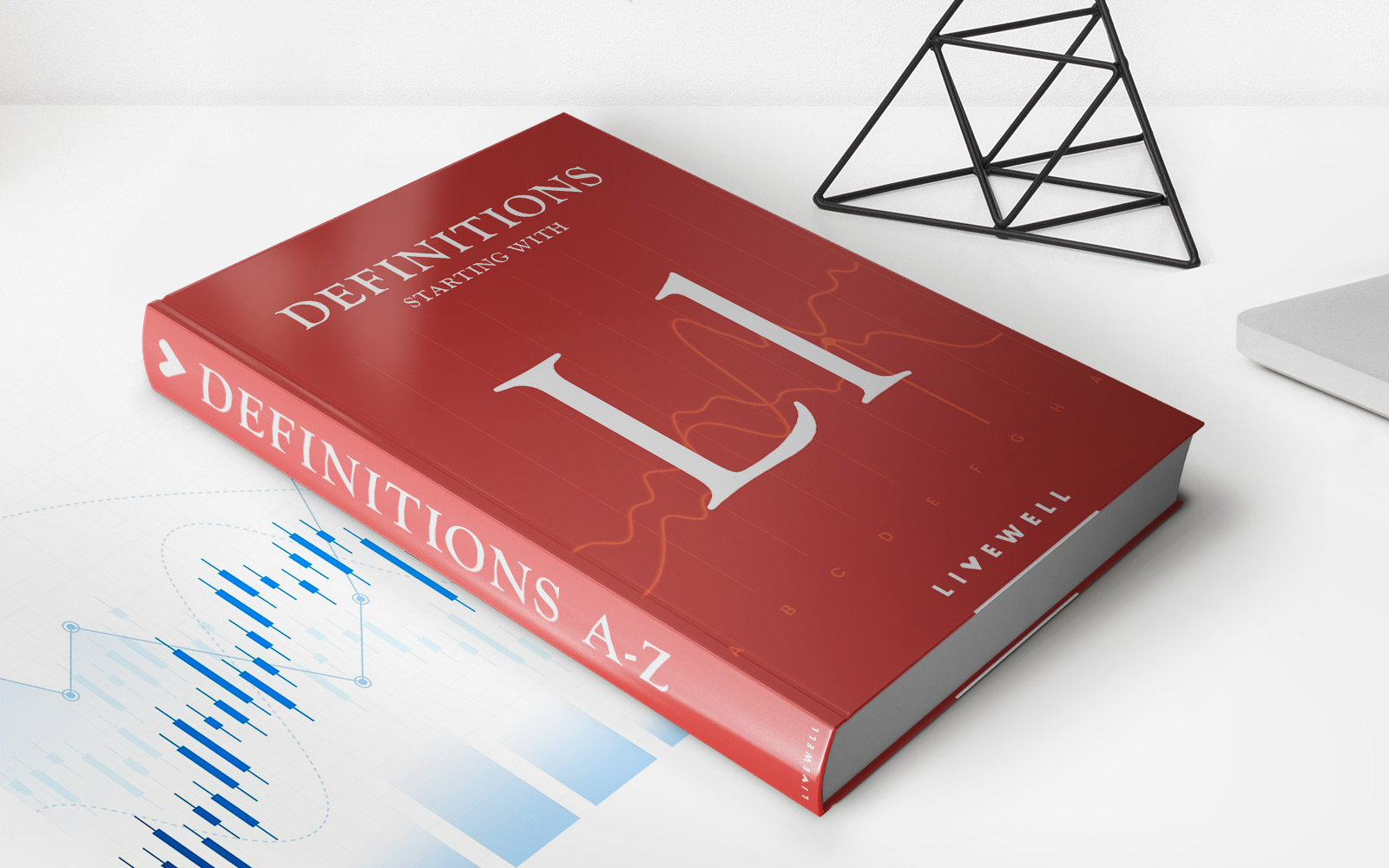

Finance
Liquidating: Definition And Process As Part Of Bankruptcy
Published: December 19, 2023
Learn the definition and process of liquidating as part of bankruptcy in the finance industry. Gain insights into financial liquidation and its implications.
(Many of the links in this article redirect to a specific reviewed product. Your purchase of these products through affiliate links helps to generate commission for LiveWell, at no extra cost. Learn more)
Liquidating: Definition and Process as Part of Bankruptcy
Welcome to the Finance category of our blog! In today’s post, we will be diving into the topic of liquidating as a part of the bankruptcy process. Whether you’re a business owner facing financial difficulties or someone interested in understanding bankruptcy proceedings, this post will provide you with an overview of what liquidating entails and how it plays a role in bankruptcy. So, let’s get started!
Key Takeaways:
- Liquidating is the process of converting assets into cash to pay off debts during bankruptcy.
- The liquidation process involves selling or auctioning off assets and distributing the proceeds to creditors.
Bankruptcy is a legal process that provides relief to individuals or businesses overwhelmed by debt. It is divided into different chapters, such as Chapter 7 and Chapter 11, each with its specific rules and goals. Liquidating, often associated with Chapter 7 bankruptcy, is the process of converting assets into cash to pay off debts.
The Liquidation Process
When a business or individual files for Chapter 7 bankruptcy, a trustee is assigned to oversee the liquidation process. The trustee’s primary responsibility is to review the debtor’s assets and identify property that can be sold to satisfy creditors. Let’s look at a step-by-step breakdown of the liquidation process:
- Asset Evaluation: The trustee assesses the value of the debtor’s assets, including real estate, vehicles, inventory, and equipment. Items with substantial equity or value will be targeted for liquidation.
- Asset Liquidation: Once assets are identified, they will be sold or auctioned off to the highest bidder or through an approved liquidation company. The proceeds from the sale will go towards repaying creditors.
- Creditor Distribution: After the liquidation process, the trustee will distribute the proceeds from asset sales among the creditors. Typically, creditors with secured debts, such as mortgages or liens, are paid first. Unsecured creditors receive a portion of the remaining funds, which may not cover the full debt owed.
- Debt Discharge: Once the liquidation process is complete, the debtor may receive a discharge, which relieves them of personal liability for most debts. However, certain debts, such as student loans or tax obligations, may not be dischargeable.
It’s important to note that liquidating assets in bankruptcy does not guarantee that all debts will be repaid. Creditors may receive only a fraction of what is owed to them, and the debtor’s financial situation can experience long-lasting effects.
In Conclusion
Liquidating assets as part of the bankruptcy process can be a challenging and complex journey. It is essential for individuals or businesses considering bankruptcy to consult with legal and financial professionals to understand the implications and explore alternatives if available. While liquidation may provide debt relief, it can also have significant consequences. Understanding the process and working with experts can help mitigate the potential impact on personal and financial well-being.
Thank you for taking the time to learn about liquidating as a part of bankruptcy. Be sure to check out other informative blog posts in our Finance category for more valuable insights!

